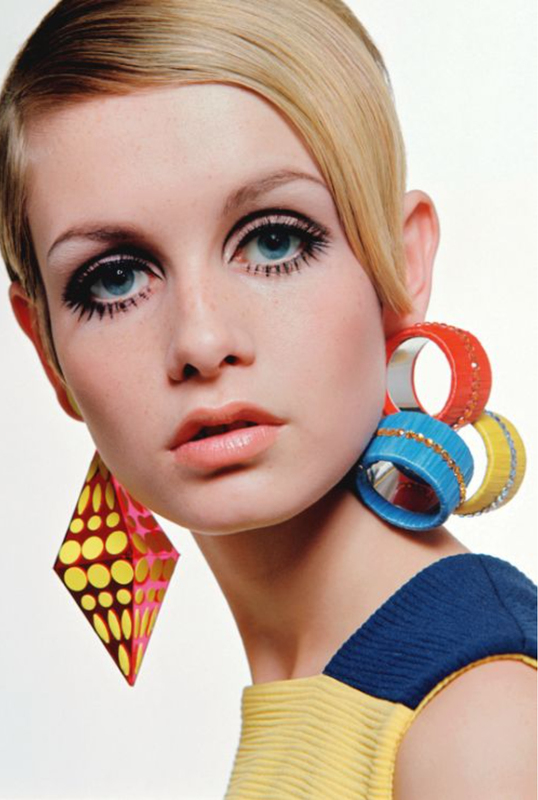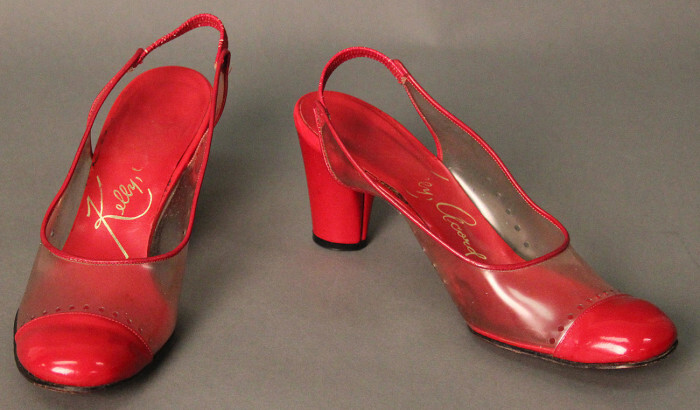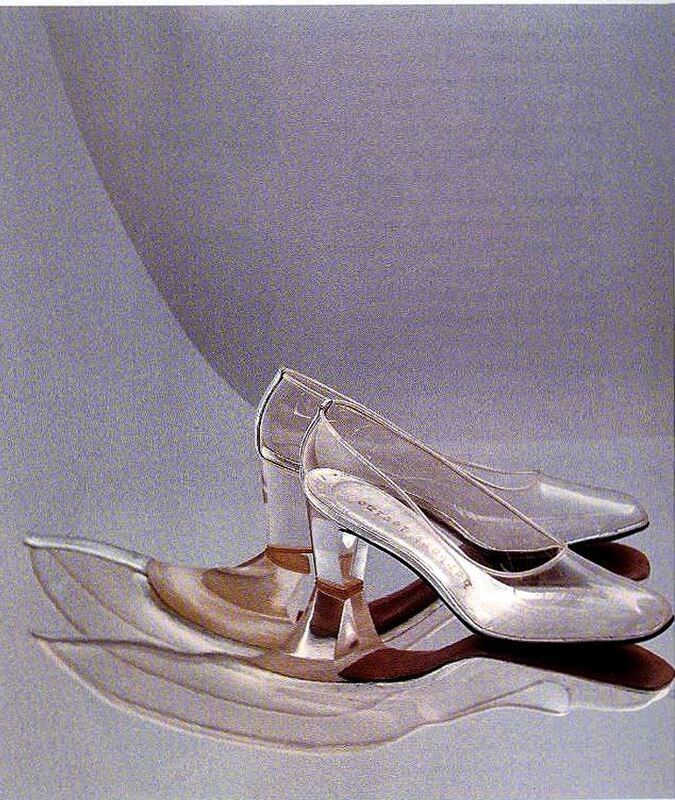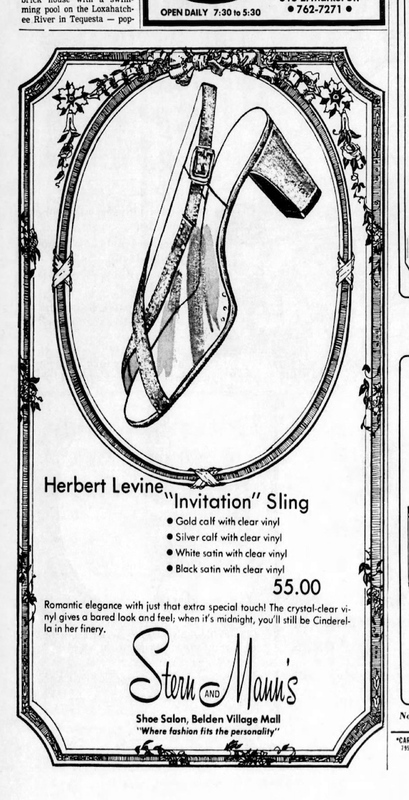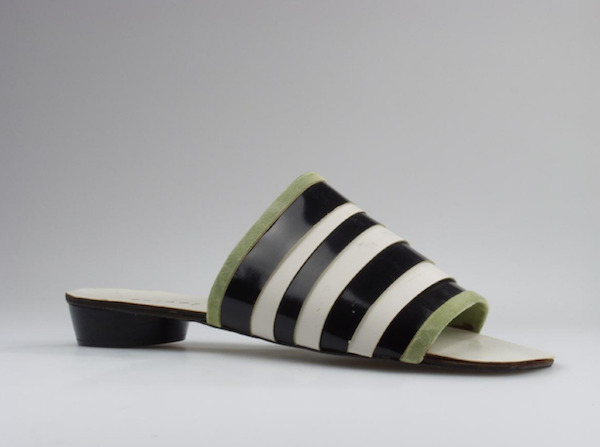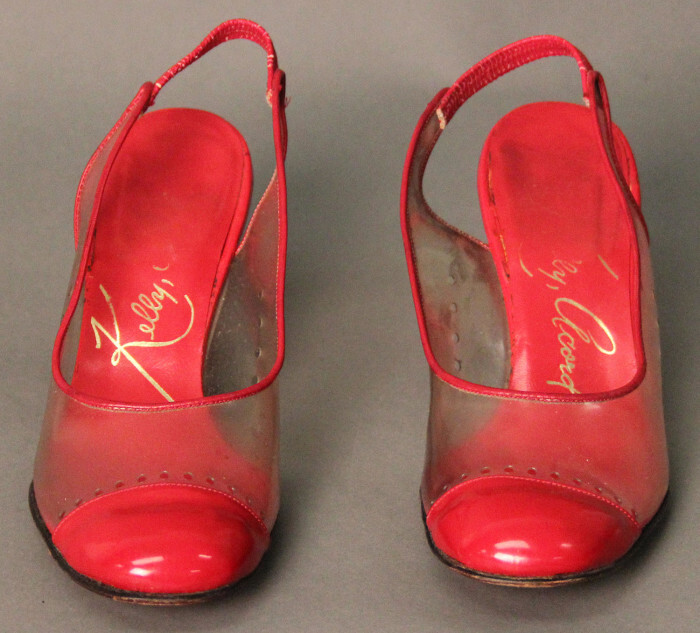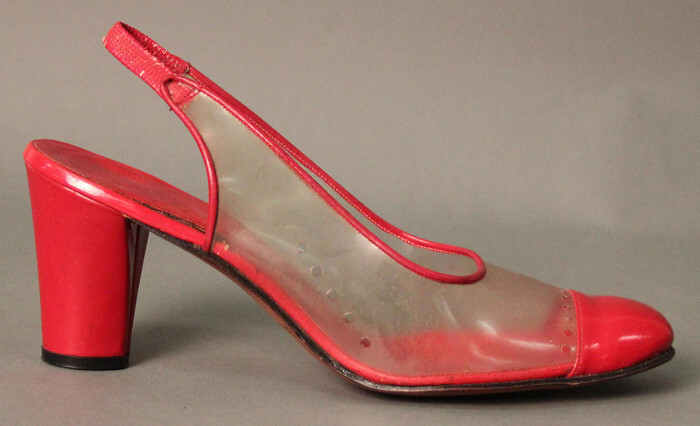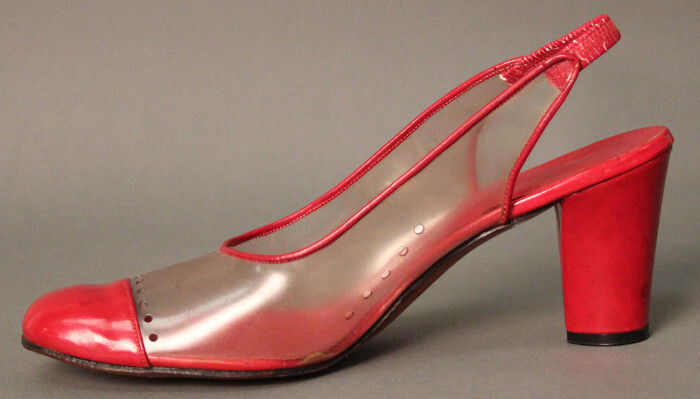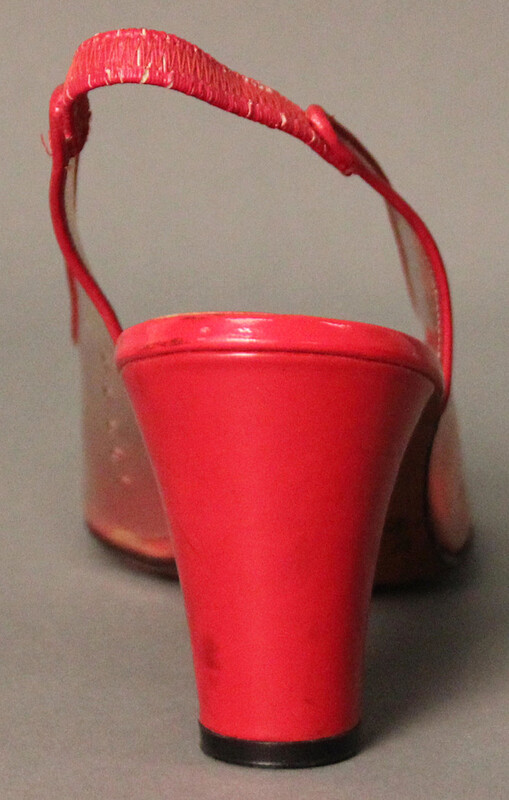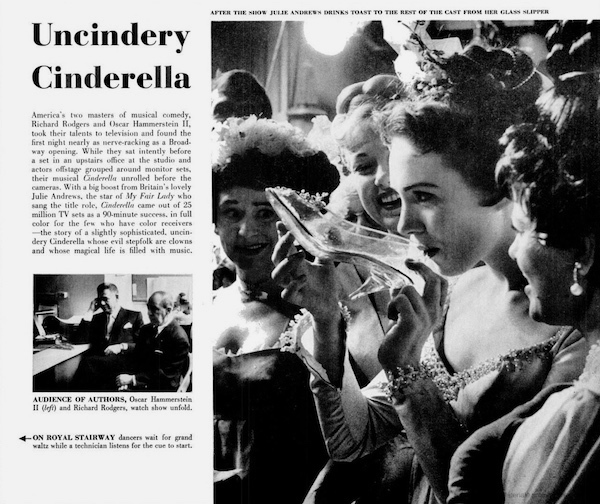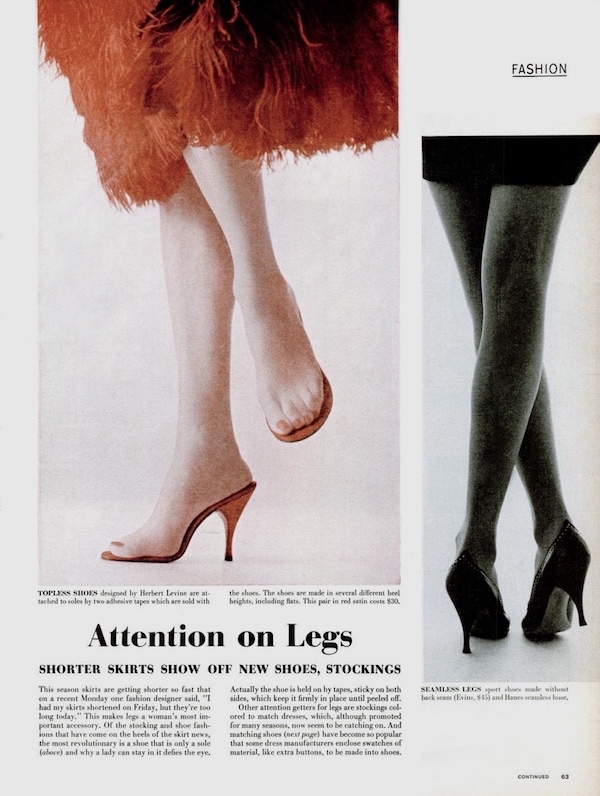Vinyl Pumps: Exploration of Material in the Youthquake Era
The 1960s-70s were a whirlwind of change and innovation. New materials, new designs, new purposes. In a time during the space age and the cold war innovative footwear dominated the scene. These were the times that new materials such as vinyl and even paper were embraced as the new face of clothes, accessories, and fashionable footwear. These materials had been seen and used before, but during the 1960s they became embraced whole-heartedly in fashion.
The use of material was not the only part of what made this fashion so unique. The muted colors and browns were often overshadowed by ever-increasing vibrancy of colors, metallics, and “space age” design. Fashion was becoming about the here and now. Fashion became more ‘disposable’. Long-lasting no longer meant as much to the consumer. What mattered was how it made one look at that moment. Less focus was placed on durability and more attention was now placed upon boldness.
During the Youthquake era, fashion such as mini-skirts and heels were worn. It was a fashion statement to reject fitting in and embrace individuality, and youthful looks and new materials were a way for people to express themselves and have fun.
Kelly Accord’s red pumps showcased many of these ideas that were happening in this era. These shoes experimented with a clear plastic vinyl, while using a shiny, red color. Although they make use of a more traditional shape with a sling-back strap, the bold colors and materials transform the design into an innovative and young look. There is also a connection between the short-lived vinyl of the pumps to the clear glass slippers from Cinderella. Neither were meant to last any reasonable length of time, but the essence of the shoes was to stand out from the crowd and seize the night.
These Beth and Herbert Levine pumps bear similarities with the Kelly Accord’s. They are made from clear plastic with a traditional style. The classic design is modest for the Herbert Levine label, famous for making bold, artistic shoes. This designer is famous for the clear plastic upper style and continued to create very experimental shoes with the material.
Beth and Herbert Levine advertisements have drawn inspiration from the Cinderella glass slipper. Many designers in the period, especially Herbert Levine, have taken ideas from the famous shoe. The glass is completely transparent, just as the plastic. Because the glass slippers were made for a ball that ends at midnight, they would only be worn once, similar to the lack of sustainability to plastic.
It is a classic design with a unique twist—revolutionary material.
One unsustainable material that also made its way into fashion during the period was paper. For example, the innovation of paper shoes. As it was so readily available and cheap in comparison to some materials, it is no wonder that paper began its fashion debut. The choice to use vinyl and paper for shoes, garments, and accessories were a direct result of the need to innovate, and experiment with what is fashion.
With each new design, and each new fabric, people were pushing the boundaries of what was fashion. With vinyl you could accent parts of the feet, or body, while distracting from others. The design calls attention to the wearer, and allows the viewer to see through the fabric. Experimental materials began creating a path for fashion that was unheard of yet. Even when combined with more traditional designs, these new materials created looks that went beyond what has been imagined before.
